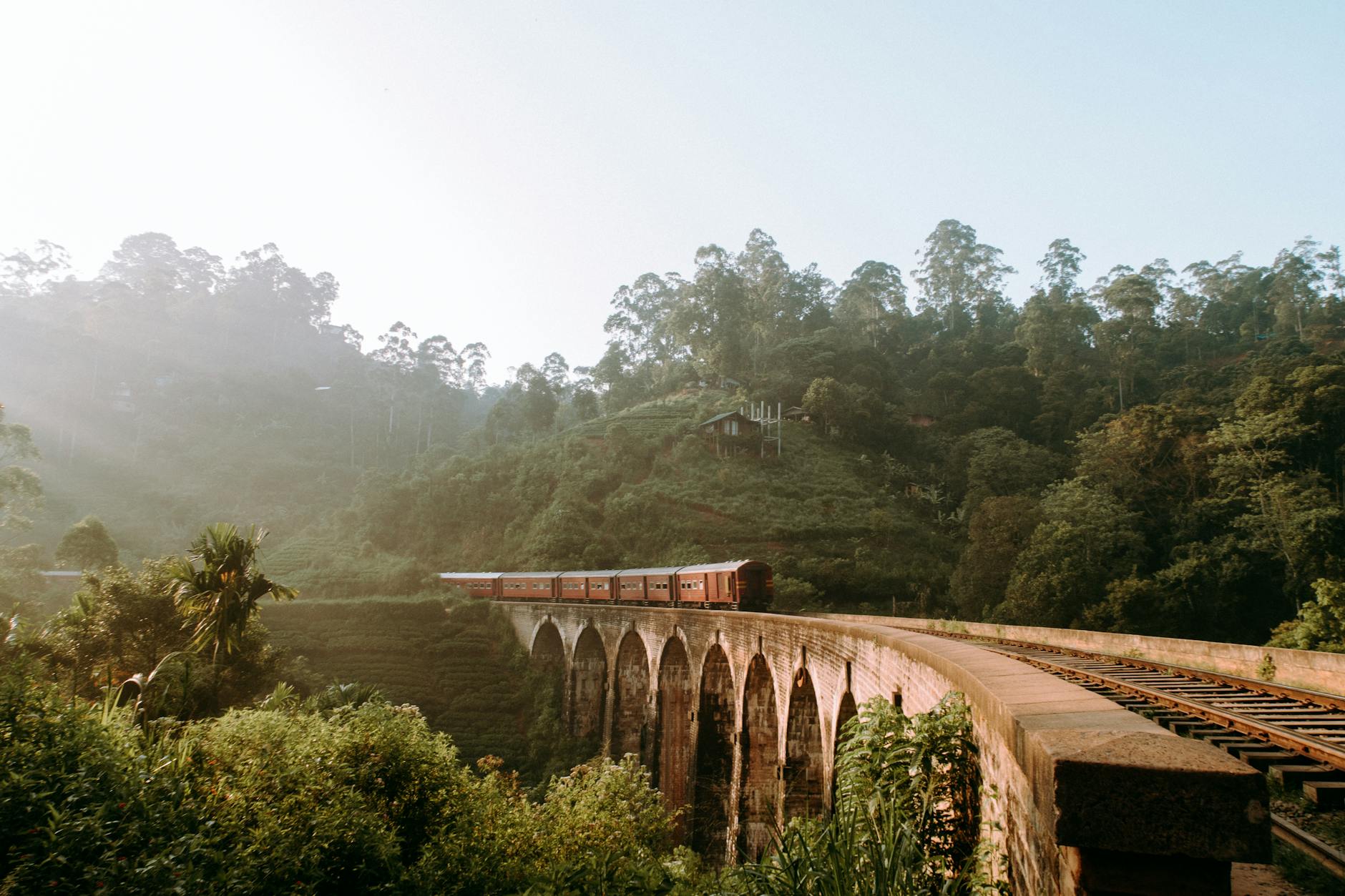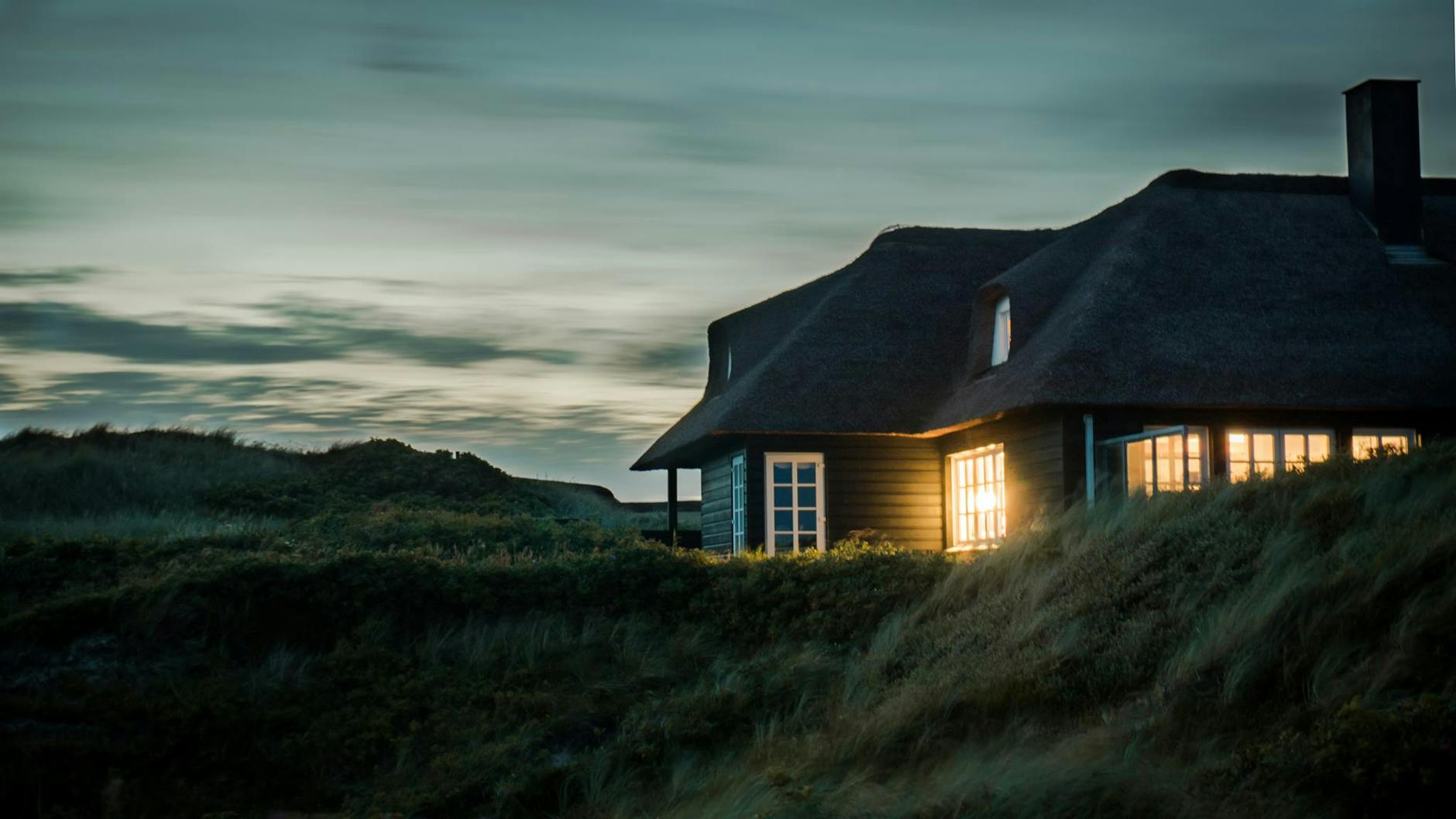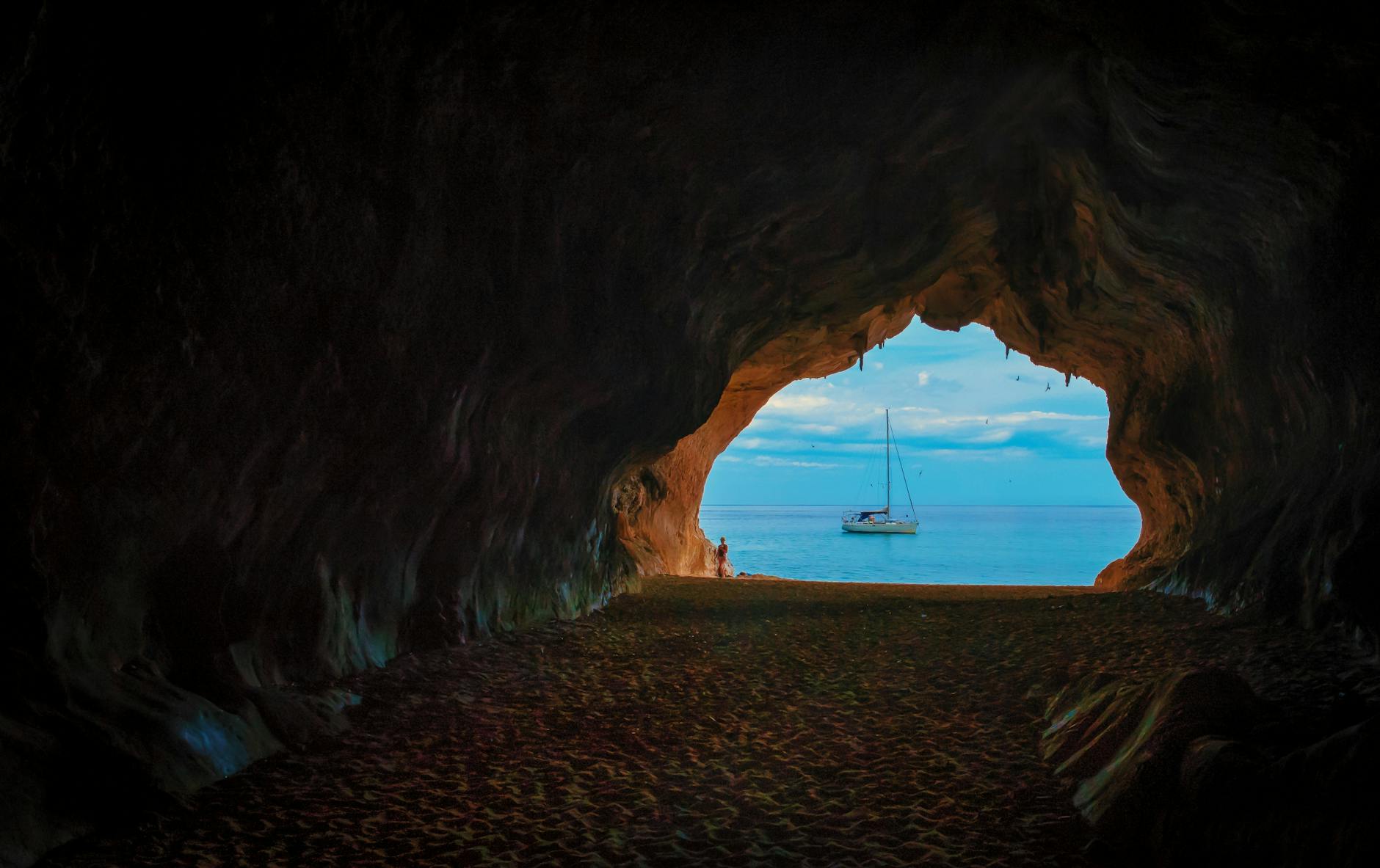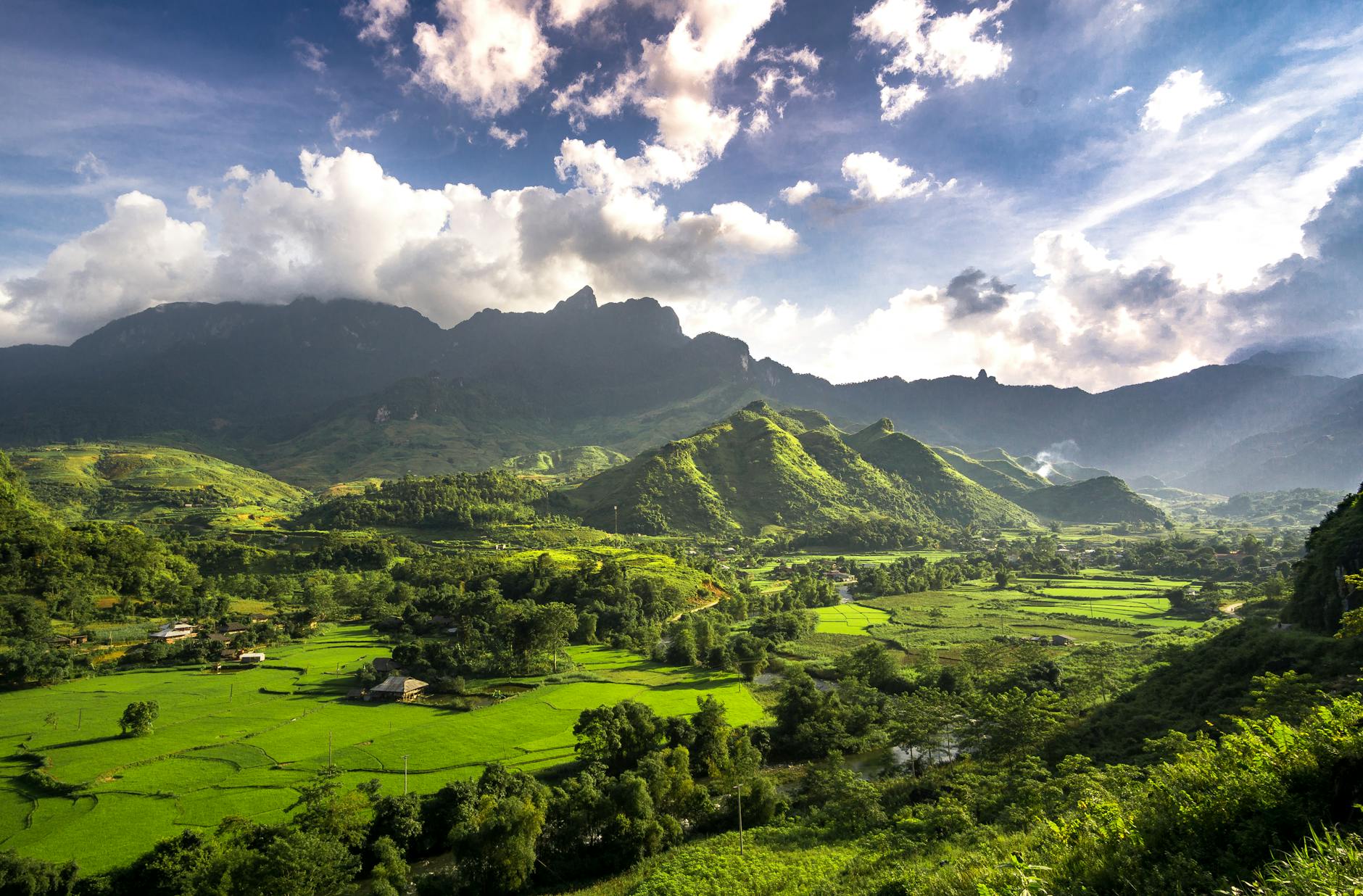Why Photographers Should Consider Australia for Nature Safaris

Unique Australian Wildlife
Australia boasts an unparalleled tapestry of wildlife, offering a feast for any conservation-driven photographer's lens. Here in Perth, I find constant inspiration visiting places like Kings Park and Botanic Garden, where the diversity mirrors the wonders of an African safari. With species ranging from the iconic kangaroo to the elusive numbat, Australia is a treasure trove for those passionate about wildlife conservation.
While Australia's fauna is diverse, it also includes endangered and rare species facing significant environmental threats. This includes creatures like the quokka, found on Rottnest Island, and the critically endangered Western Swamp Tortoise. These species symbolise the urgent need for conservation efforts, mirroring the need to protect vital habitats in African settings like the Okavango Delta.
Conservation remains at the heart of my photographic pursuits. Much like an Africa safari, capturing Australian wildlife requires understanding the ecosystems and the role each species plays. This knowledge helps ensure respectful and responsible practices. I strive to highlight these environmental issues through my lens, hoping to encourage others to engage with and protect our natural world. By focusing on these unique creatures, I aim to showcase the beauty and vulnerability present in every corner, a sentiment familiar to those who've experienced the profound landscapes of Africa.
Capturing Natural Landscapes
Iconic Scenery Locations
Navigating the distinct landscapes of Africa requires keen planning, especially if you wish to capture the breathtaking deserts of Namibia or the lush environments characteristic of southern Africa. When immersed in the beauty of Namibia tours, don't miss the chance to photograph the towering sand dunes of Sossusvlei or the salt pans of Etosha National Park. These sites offer a unique palette of contrasts and textures that are a photographer’s paradise.
Rottnest Island in Western Australia also offers captivating scenery with its serene beaches and iconic quokkas—perfect for those post-expedition reflections. Blissful scenes like these can be a reminder of Australia's own stunning offerings and acts as a pallette cleanser after African adventures.
Seasonal Landscape Changes
The African landscape undergoes dramatic transformations with the changing seasons. From the lush, vivid green of the wet season to the stark, arid vistas of the dry spell, each period tells a different ecological story. Planning Africa tours around these seasonal shifts not only guarantees varied photo subjects but also a deeper understanding of the local ecosystems. Capturing Namibia in particular, during its rain-scarce winters, offers tales of resilience and adaptability synonymous with this striking environment.
Optimal Photography Techniques
To truly immortalise the vastness of African landscapes, mastering certain photography techniques is invaluable. Whether it's harnessing the magic of the golden hour or experimenting with wide-angle lenses to capture expansive panoramas, each method adds a layer of depth to your work. Insights into conservation efforts should always guide your lens, ensuring each shot speaks volumes about the importance of protecting these timeless terrains.
Planning Your Safari
Choosing the Right Season
When planning a Namibia safari, timing is crucial to ensure the best wildlife experiences. The dry season, from June to October, offers the highest chance of spotting animals gathered around watering holes. During these months, the sparse vegetation also makes it easier to photograph wildlife in natural settings. However, the rainy season, from November to April, transforms the landscapes into a vibrant display of green, attracting migratory birds and showcasing a different side of the region's beauty. No matter which season you choose, aligning your travel dates with your photography goals will maximize your opportunities for successful shots.
Navigating Permits and Access
Securing the necessary permits is essential for any safari expedition. Whether you're capturing the majestic elephants at Etosha National Park or the elusive black rhinos in private reserves, understanding the requirements for access is a must. Most national parks and private reserves offer permits, but obtaining them in advance will save time and prevent any disruptions. It's essential to familiarize yourself with any special permissions required for capturing images in protected zones, ensuring that your photography practises align with conservation efforts.
Engaging Local Expertise
Embracing the knowledge of local guides or photographers can elevate your safari experience, providing deep insights into wildlife behaviour and prime locations. Their familiarity with local species and habitats can lead to spotting opportunities that might otherwise be missed. Additionally, their understanding of conservation challenges makes it possible to practice responsible tourism. As you plan your safari, consider collaborating with experts who can tailor your journey to your photography aspirations while respecting local ecosystems.
Wildlife Photography Tips
Gear and Equipment Suggestions
Navigating through the diverse terrain of wildlife photography requires meticulous equipment planning. As a conservation-driven photographer, I suggest choosing versatile camera gear that captures the essence of wildlife in its natural habitat. High-quality DSLRs or mirrorless cameras with telephoto lenses are essential for photographing elusive species from a distance without disturbing them. A sturdy tripod provides stability, which is crucial when capturing those golden shots during early mornings or dusk. Weatherproof camera bags also protect your valuable gear from unpredictable climates during exciting excursions like South Africa tours.
Ethical Photography Practices
Photography extends beyond capturing breathtaking images—it involves a commitment to conservation. Always prioritise the welfare of wildlife by maintaining a respectable distance, minimising disruptions to their environments. Engage in practices that promote sustainability, such as using eco-friendly gear and refraining from altering natural habitats for a perfect shot. Every photograph should tell a story underpinned by respect and ethical consideration, highlighting the importance of conservation in regions like Kings Park and Botanic Garden.
Mastering Light and Shadows
Lighting can transform a photograph, enhancing the subject's presence and mood. Understand the interplay of light and shadows in different environments. Magic hour—just after sunrise and before sunset—presents optimal conditions for capturing dynamic images. Experiment with alternative light sources and techniques like backlighting to portray animals in dramatic silhouettes. Utilising shadows effectively can add depth to your compositions, heightening the overall impact of your conservation message.
Avoiding Common Mistakes
Respect Local Regulations
In our quest to capture the beauty that Australia offers, it's crucial to remain steadfast in respecting local regulations. As photographers, the lure of a perfect shot can sometimes overshadow awareness of legal boundaries. When in places like Kings Park and Botanic Garden or Rottnest Island, it's important to avoid intrusions into protected areas. Breaching these guidelines not only risks personal fines but also disrupts the delicate balance of these ecosystems. Ensuring that access permits are in hand before venturing into sensitive areas can save the day—and our conscience.
Weather Awareness is Key
One cannot overstate the importance of preparing for the climatic variations unique to Western Australia. Ignoring the weather conditions in Western Australia can lead to missed opportunities—or worse, gear damage. Sudden shifts in weather can happen, transforming a bright morning into a stormy afternoon. Ensuring you have gear to protect both yourself and your equipment can turn unforeseen weather changes into artistic opportunities, capturing the dynamic moods of nature itself.
Know Before You Go
Finally, forging your path as a conservation-driven photographer means understanding the significance of thorough site research. Overlooking this step can lead to missed chances to engage with and document extraordinary wildlife endemic to the region. Whether you're exploring the vivid marine life near Fremantle Markets or photographing rare species on Rottnest Island, knowing what to expect equips you for success. A meticulous approach ensures every click of your camera contributes meaningfully to ongoing conservation efforts.


